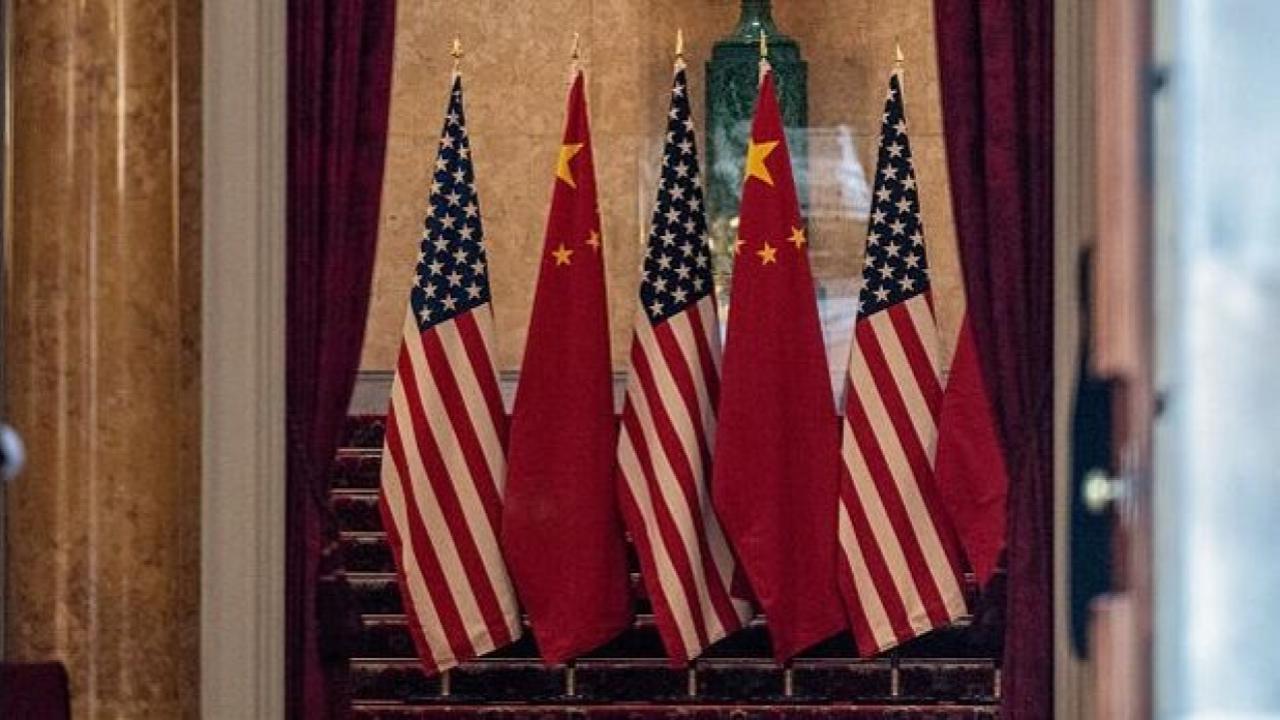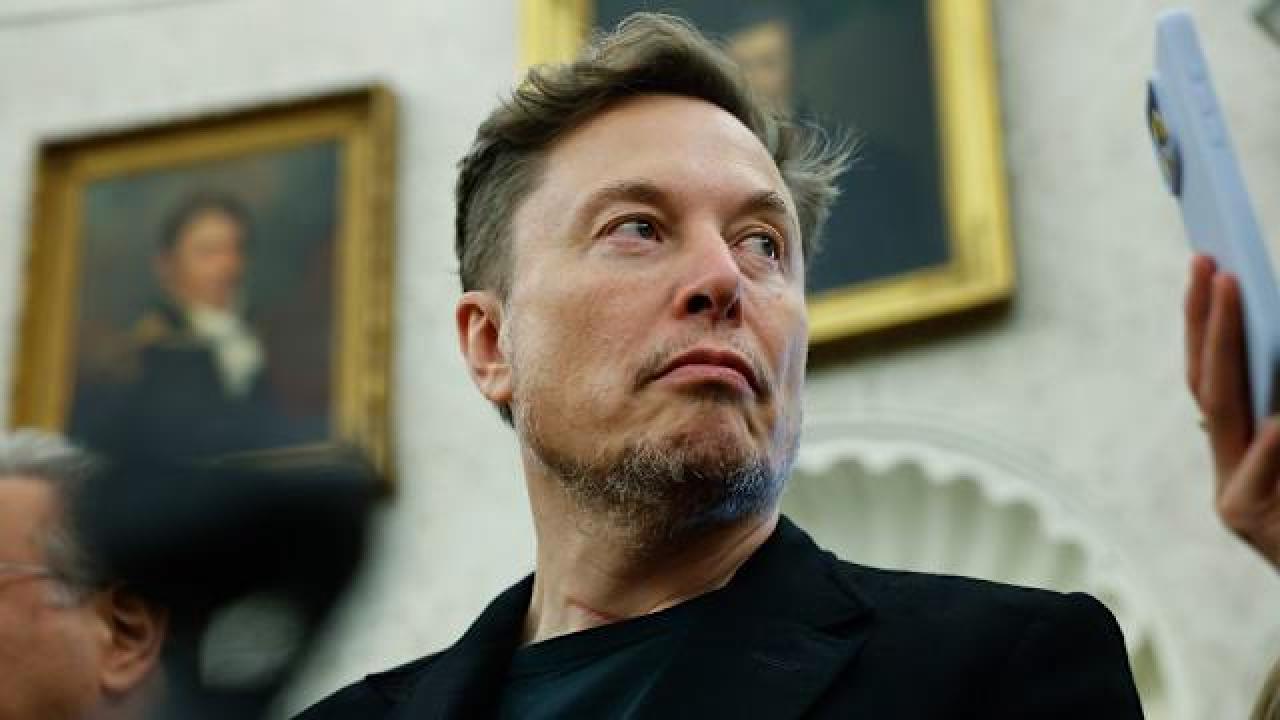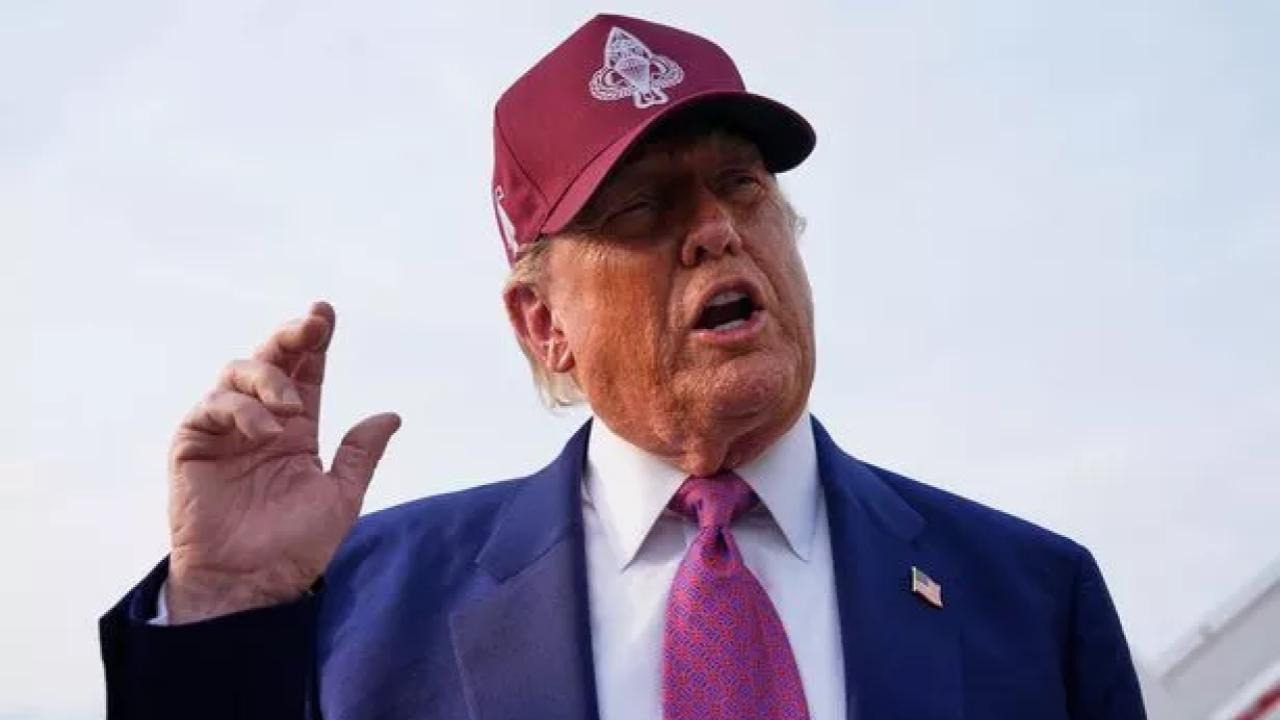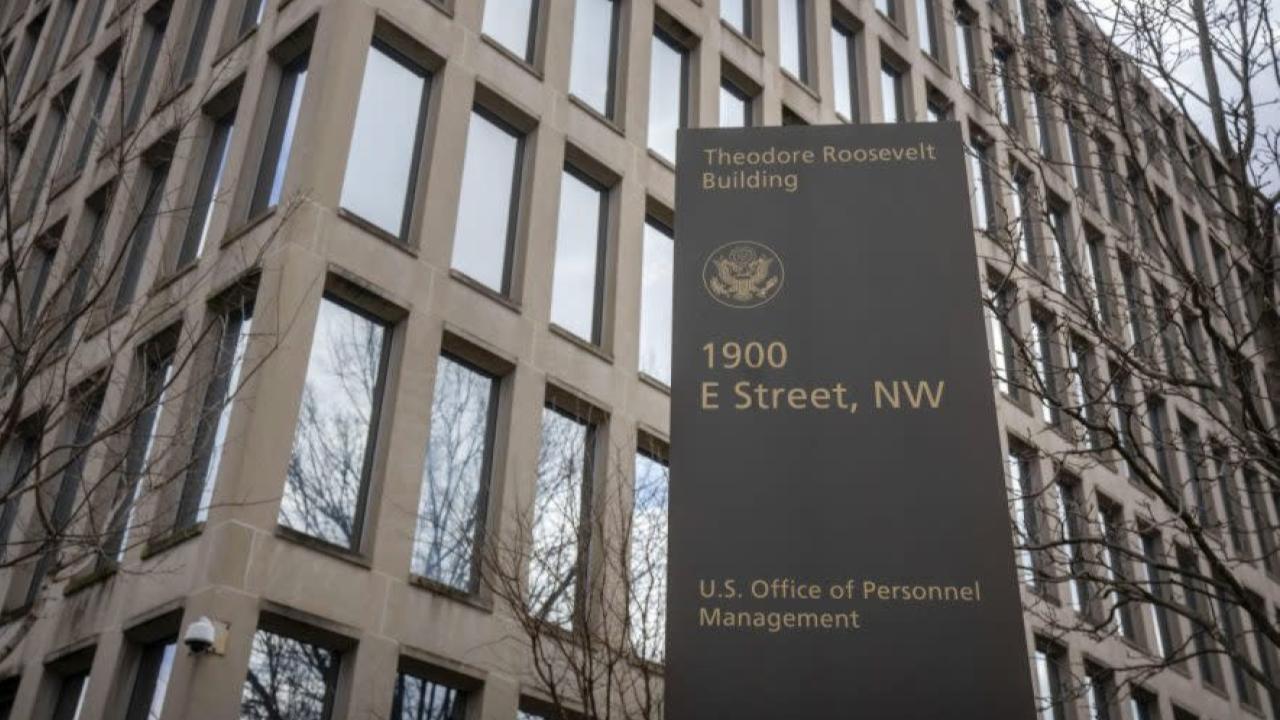Federal troops are patrolling the streets of Los Angeles. Governor Gavin Newsom is suing the White House. And President Donald Trump has threatened to arrest a sitting governor. Welcome to what might be the most combustible political clash of this decade—a coast-to-coast showdown that’s not just about immigration or protest, but about power itself.
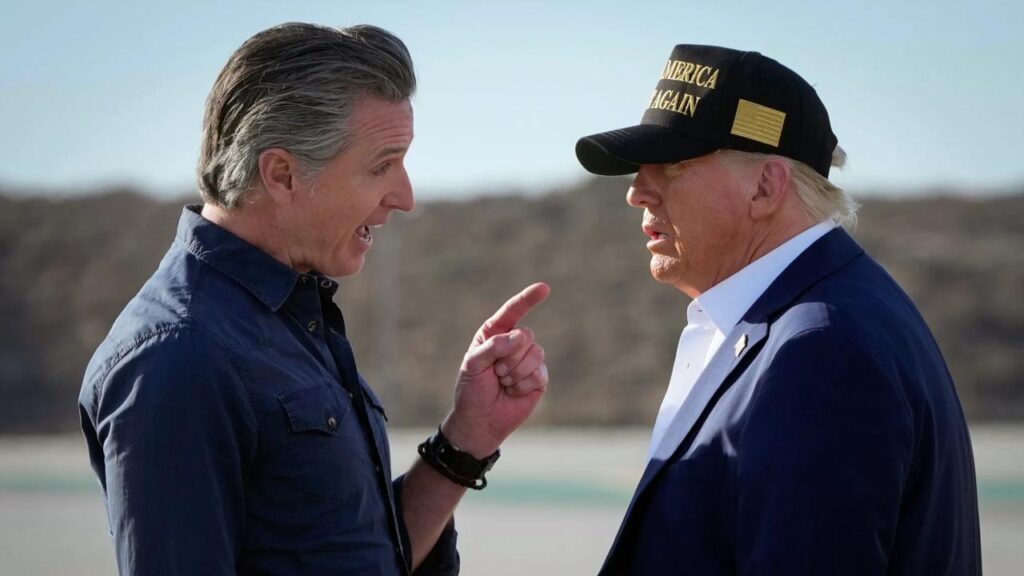
Trump vs. Newsom
| Key Insight | Stat |
|---|---|
| Trump invoked 1807 Insurrection Act to override California | First use of federalized National Guard in 60+ years |
| Newsom’s lawsuit claims state sovereignty violation | Case expected to reach Supreme Court |
| Over 1,000 arrests in L.A. protests | Largest civil-rights demonstration in city since 2020 |
This isn’t just a California problem or a Trump feud. It’s a stress test for the Constitution. For millions of Americans watching this unfold, the question isn’t who’s right or wrong—but whether this is what democracy is supposed to look like in 2025.
What Sparked the Showdown?
The fuse was lit during the first weekend of June 2025, when federal immigration agents launched surprise raids across L.A., detaining hundreds of undocumented migrants. The backlash was swift and fierce. Protests erupted citywide, leading to fires, freeway blockades, and more than 1,000 arrests.
President Trump labeled the demonstrators “insurrectionists” and deployed 2,000 National Guard troops—plus 700 Marines—under the rarely-used 1807 Insurrection Act. He did so without Governor Newsom’s permission. “The streets of Los Angeles are no place for lawlessness,” Trump said at a rally in Phoenix. “California’s leadership has failed. We had no choice.”
Newsom Fires Back
Governor Newsom blasted Trump’s move as unconstitutional and authoritarian. “This is a line-crossing moment,” Newsom said at a press conference in Sacramento. “Trump is abusing the military for domestic political gain.”
He filed a federal lawsuit challenging the troop deployment, arguing it violated California’s rights under the Tenth Amendment. “This is not just about California,” he added. “It’s about the soul of federalism.”
A Legal and Political Earthquake
Experts say this is the first time in over six decades that a president has used the Insurrection Act against a U.S. state’s will.
“This is uncharted territory,” said constitutional law professor David Sklansky of Stanford University. “It’s not just a legal case—it’s a referendum on how much power Washington can exercise over the states.” Meanwhile, Newsom’s lawsuit is almost certainly headed to the Supreme Court, and fast.

Why This Feud Really Matters
Beyond the headlines, this clash is about the 2028 presidential race—and possibly the future of American democracy.
- Trump wants to reclaim “law and order” as his brand. His approval ratings on immigration have jumped from -21% to +1%, according to a new Gallup poll.
- Newsom, widely seen as a top Democratic contender, is using the moment to define himself as a defender of democracy against authoritarian overreach.
As a political journalist who’s covered both men since 2016, I can say: this is personal. They’ve tangled for years, but never like this.
Political Fallout
If Newsom wins in court, it could chill Trump’s federal actions elsewhere. If Trump prevails, expect more aggressive federal crackdowns in other blue states.
The clash could also realign the 2028 primary landscape. Democrats are already coalescing around Newsom, while Trump’s base is fired up.
FAQs
Was Trump allowed to send in troops?
Legally, yes—but it’s controversial. The Insurrection Act gives broad presidential authority, but using it against a state’s wishes is unprecedented in modern times.
Can Newsom stop the federal troops?
Not immediately. Only a successful court ruling can force a withdrawal. The case is now in federal court and may reach the Supreme Court within weeks.
Is this a preview of 2028?
Very likely. Both men are seen as top-tier candidates for the next presidential election. This conflict could set the tone—and the stakes.

